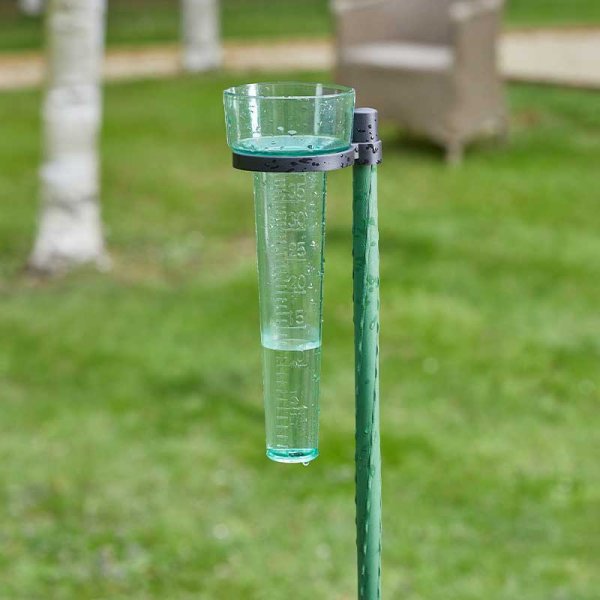Revealing the Scientific Research Behind Rain Evaluates: How These Gadgets Play an Essential Role in Environment Research and Ecological Tracking
Rain evaluates, apparently basic gadgets, hold an extensive importance in the realm of climate research and environmental surveillance. These plain instruments quietly collect one of nature's most vital elements-- rainfall. Behind their plain facade exists a complicated science that is essential for understanding the characteristics of our environment. As we peel off back the layers of this scientific veil surrounding rain determines, we discover a globe where accuracy, information precision, and thorough monitoring merge to unveil a deeper understanding of our changing environment and its influence on the planet.
Importance of Rainfall Scales
Rain determines play a vital role in surveillance and determining precipitation degrees, supplying essential information for climate research and evaluation. These gadgets are fundamental in measuring the amount of rains that occurs in a details area over a certain duration. By gauging and gathering rain, rain determines offer beneficial understandings right into the circulation and intensity of rainfall, assisting meteorologists, hydrologists, and climatologists in recognizing weather patterns and fads.
Among the vital factors why rainfall assesses are essential is their capacity to offer local and accurate information. Unlike satellite or radar-based dimensions, which provide broader observations, rain assesses deal precise details specific to the area where they are placed. This localized data is important for different applications, including flood projecting, drought monitoring, and water resource monitoring. In addition, long-term data gathered from rainfall assesses assists in examining environment adjustment influences and patterns, contributing dramatically to scientific research and decision-making procedures. Fundamentally, rain gauges act as crucial devices in the area of meteorology and ecological scientific research, playing a vital duty ahead of time our understanding of climate and climate characteristics.
Sorts Of Rain Gauges

Capability and Operation
In the world of climate study and atmospheric studies, the effectiveness of rain gauges lies in their complex functionality and exact operational mechanisms. Rainfall assesses are created to properly determine the quantity of precipitation that drops over a certain location throughout a collection duration.
The performance of rainfall gauges is based upon the principle of collecting and determining rainwater in a standard manner. This accumulated data is crucial for understanding regional weather patterns, tracking long-lasting climate patterns, and examining ecological impacts. To guarantee exact measurements, rain assesses requirement to be purposefully put in open locations far from blockages such as buildings or trees that can hinder the collection procedure.
The operational facet of rain assesses involves regular maintenance to stop particles accumulation, calibration checks to keep dimension accuracy, and data additional reading tape-recording for evaluation (rain gauge). Generally, the functionality and procedure of rain determines are important for collecting reputable rainfall data crucial to climate research and ecological surveillance
Role in Environment Research Study
Offered the important significance of exact precipitation measurements in comprehending weather patterns and environmental effects, the role of rain assesses in environment study is crucial. Rainfall determines give crucial information for climate study by quantifying the quantity of precipitation that tips over a particular location throughout an offered period. This data is vital for keeping an eye on long-lasting fads in rainfall patterns, analyzing the effect of climate modification on rainfall distribution, and enhancing environment designs.

Climate scientists use information gathered from rain evaluates to evaluate variants in precipitation degrees, identify regional climate fads, and examine the performance of water source management techniques. By contrasting historical rainfall information with existing dimensions, researchers can identify shifts in precipitation patterns, such as adjustments in the regularity or intensity of rainfall occasions. This info is important for recognizing just how climate adjustment is affecting precipitation characteristics and can assist policymakers make educated decisions relating to adaptation and reduction techniques.
Applications in Environmental Tracking

In flooding projecting, rain gauge data helps to track rainfall intensity and distribution, enabling authorities to release timely cautions and take essential procedures to reduce flooding threats (rain gauge). Drought monitoring relies on rain gauge data to analyze moisture levels in the dirt and track precipitation deficits, assisting in the recognition of drought-prone locations and the implementation of drought feedback methods
In addition, rainfall gauge data plays an essential function in water resource monitoring by providing info on water accessibility and use fads. This data is made use of to make informed choices concerning water allocation, conservation steps, and lasting water resource preparation. Furthermore, in farming, rainfall gauge data aids farmers in maximizing irrigation schedules, plant selection, and general ranch administration methods based on local rainfall patterns. On the whole, rain determines are crucial devices in ecological tracking, providing useful insights that add to educated decision-making and sustainable resource monitoring.
Final Thought
In conclusion, rainfall gauges are important tools for determining rainfall, giving valuable data for climate research study and environmental monitoring. With various kinds and capabilities, rain determines play a vital role in understanding precipitation patterns and their influence on the atmosphere. By accurately determining rainfall, these devices add to the innovation of clinical understanding and aid in making informed choices pertaining to water source management and catastrophe readiness.
Rainfall determines play try this website a vital role in surveillance and gauging rainfall levels, providing important information for environment study and evaluation. The standard rainfall gauge, known as the "tipping pail" scale, is one of the most frequently used tools. Ultrasonic rainfall evaluates usage noise waves to detect the existence of rainfall, providing real-time information on rainfall levels.Environment scientists make use of data collected from rainfall determines to evaluate variants in precipitation levels, determine local climate patterns, and review the efficiency of water source monitoring techniques.In final thought, rainfall determines are vital devices for measuring rainfall, providing important data for environment research and ecological surveillance.